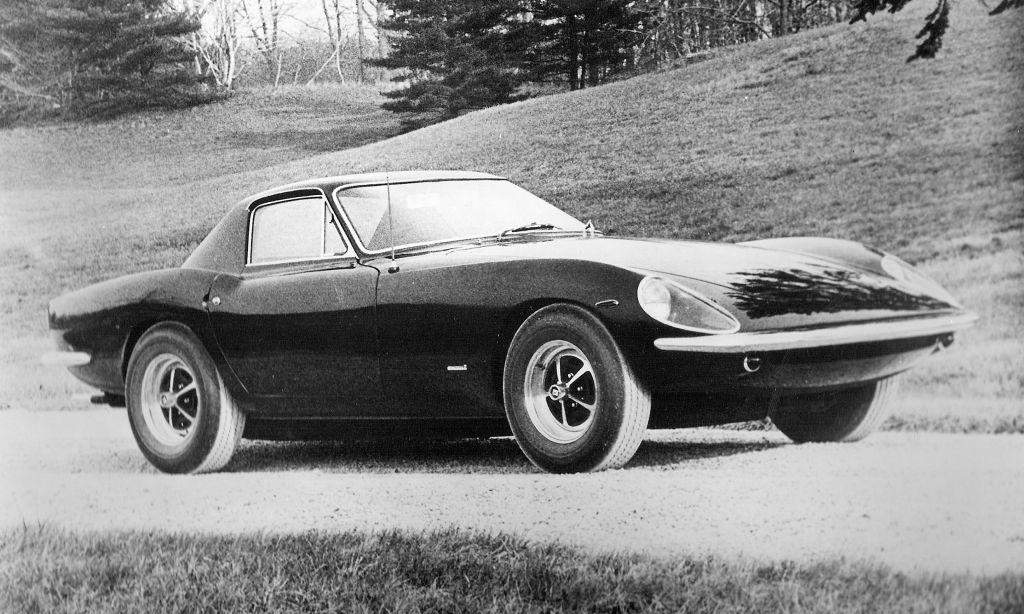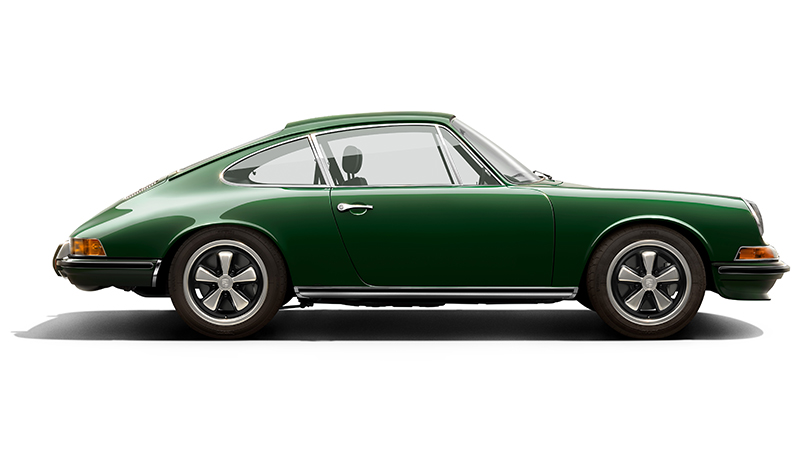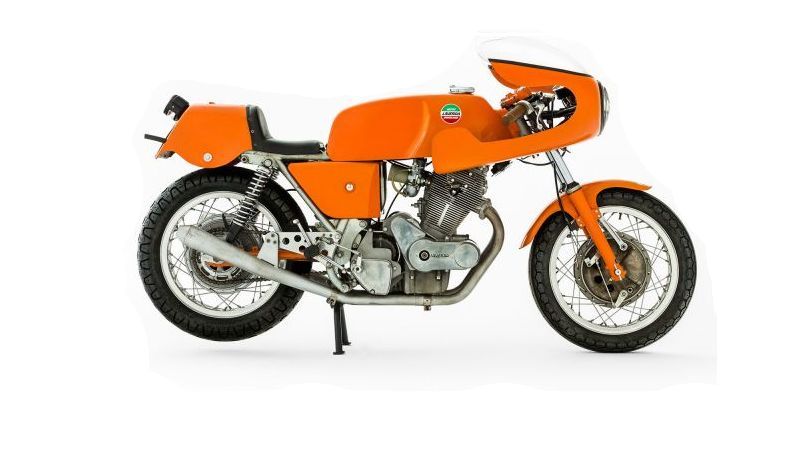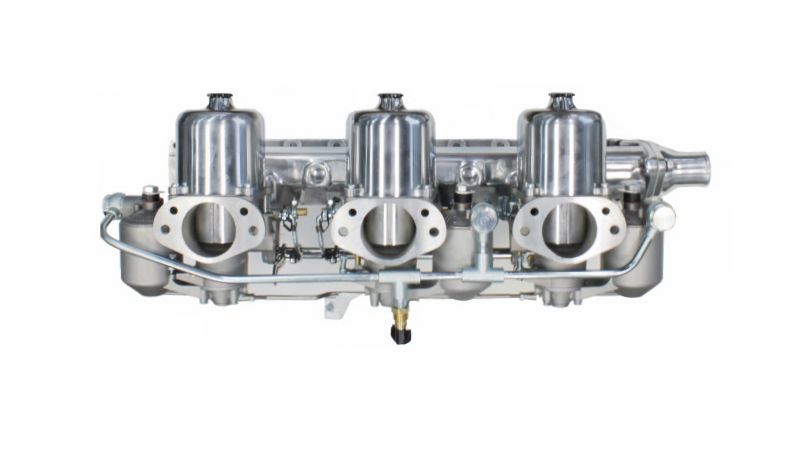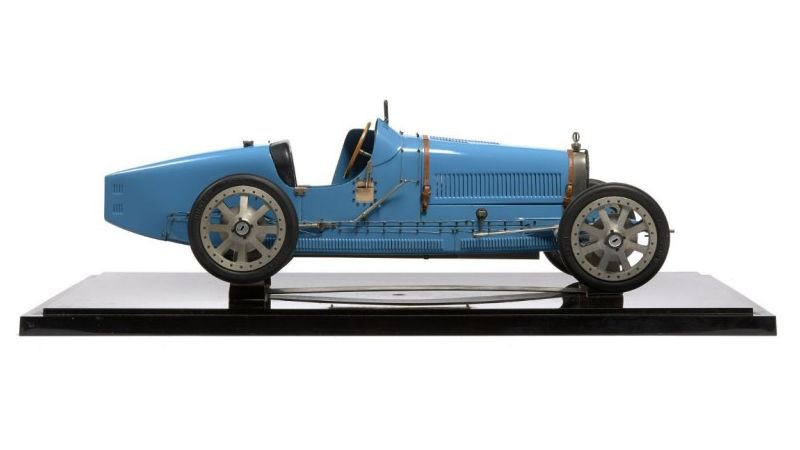Intermeccanica Motor Cars
the Story of the Pranching Bull
Intermeccanica was founded in 1959 when chemical engineer Frank Reisner started Construzione Automobili Intermeccanica in Turin, Italy.
Born in Hungary in the winter of 1932, Frank Reisner fled Budapest seventeen years later with his parents to Montreal, Canada after a particularly miserable winter.
He became indirectly involved with cars by working in the paints industry. After marrying in 1957, Frank and his wife Paula, both car fanatics, built and raced a sports car for a while before visiting Europe and deciding to move to Italy.
Mr. Reisner designed a racing chassis for Giannini Automobili SpA in Rome before settling in Turin.
The first Intermeccanica products were speed equipment kits and free-flow exhaust system for various automobiles. In 1960 things got more interesting when a Formula Junior racing car, one of the first rear-engined ones, with a highly-modified Peugeot motor was constructed.
The same year a prototype of an aluminum two seater coupe called the IMP "Intermeccanica-Puch", with a top speed of 160 km/h, based on the small rear-engined Steyr-Daimler-Puch 500cc car was developed. It was approved by the Austrian company and 21 in various forms were produced. A racing version of it won the 500cc class at Nurburgring.
After this successful beginning, the Apollo GT, a sports-car based on Buick mechanicals and V8 powerplant, was developed for a U.S. company called International Motor Cars. The body was designed by the Italian Franco Scaglione from sketches made by Ron Plescia.
The San Francisco firm produced 90 in coupé and 11 in convertible form between 1961 and 1965, upholstered in leather and equipped with Borrani wire wheels. The Apollo 2+2 protoype then followed, being judged "best of show" at the New York Autoshow, a second copy being later built.
In 1965 the Veltro prototype, based on the British Ford 106E, was constructed and a Mustang Station Wagon was created for a U.S. advertising agency and later proposed to Ford in the U.S.A.
Another U.S. project that year was a joint-venture with Jack Griffith of Long Island, New York, set-up for a planned relatively large production of an all-steel automobile.
Unfortunetaly, just as production started, Griffith's company folded and one of its customers, Steve Wilder, took over and production continued by Holman & Moody in North Carolina, where 33 of these Omegas were sold.
The big news for 1966 was the fact that an Intermeccanica distributor was found in the U.S. and the production of the Ford-V8-engined Italia - initially called Torino -, based on Ford mechanicals, was started there and numbered 500 cars by 1970.
Because of this, production levels of Intermeccanica automobiles surpassed 100 per year. And once again a prototype, called Phoenix and based on the Corvair, was constructed for a U.S. company, Fitch in this case.
The following year, 11 copies of the Murena GT station wagon were produced for a U.S. importer. These 429bhp Ford 429 engined luxury cars sported leather seats, deep pile carpets, and a cut glass drinking bar.
In '69 at the New York Automobile show three Intermeccanica's were displayed at various stands, demonstrating how far the firm had come since its humble beginnings.
Sales of the previously mentioned Italia finally began in Europe in 1970, and really took off in Germany, where Erich Bitter was doing the distribution. Plus, a modified Italia prototype, called Italia IMX, was constructed and displayed at the Turin Auto show.
The succeeding year a one-off Corvette-based 2-door sedan called Centaur was made for a U.S. customer and a co-operation with Opel - GM Europe - was started, giving birth to the Indra.
The Chevrolet-351-engined Indra employed Opel mechanicals and generated a phenomenal amount of interest at the Geneva Auto show. Thus, production got under way in 1971 and by 1974 125 of them were produced in various forms. It appeared that things were going very well when suddenly GM pulled the plug on the mechanicals and engines, which of course meant the end of Indra sales.
On top of that confusion, Erich Bitter had produced the Bitter CD. It was based on the Opel Diplomat and looked remarkably like the Indra.
The bright note for 1972 was the assembly of Squires, Jaguar SS replicas, for a U.S. company called Squire.
The year 1975 seemed that matters would became really favourable very soon. It was starting to be quite expensive for a company such as Intermeccanica to operate in Italy. Therefore, when word came that the Economic Development Council in the California city of San Bernardino would be willing to finance an automobile production project, Frank Reisner, wife Paula and their children - Henry, Edward, and Evelyn -, seeing a great opportunity, moved to the desert city.
Before this, however, two prototypes of the Indra were constructed, this time sporting Ford engines, and were shipped there along with all the firm's belongings including complete cars, jigs, dies, and other things needed for production.
Unfortunately the promised Federal money was diverted and except for the sole Indra, everything else was impounded at the port. So the moving costs and paying off of debts in Italy left Frank with only USD 500 and one car, which was shortly sold off to raise some money.
Later that year and the next, Frank developed what Intermeccanica would be most famous for, a replica of the Porsche Speedster. The tooling and prototype were made in Los Angeles, after a long time measuring the curves and dimension of a rented Speedster.
It is significant to note that ever since he first saw it at an auto show in '49, Frank has always admired the beautiful body and the wonderful sounds of the Porsche 356 and its close relatives.
In order to produce the Speedsters, Mr. Reisner formed a partnership with Tony Baumgartner in Santa Ana, California. This company, Automobili Intermeccanica, produced about 600 of these fibreglass-bodied and VW-based beauties before Frank sold off his share to Tony and the whole project was sold to Classic Motor Carriages in Florida.
In 1981 the family moved to Vancouver and from there Intermeccanica International offers a variety of high-quality hand-built replicas of the Porsche 356 and its derivatives as well as a replica of the VW Kübelwagen.
We are looking for the following cars. If you do have any of the below listed vehicles - and you are ready to sell - please Contact Us.
| Apollo GT |
|---|
| Coupé |
| Spyder |
| Italia - Torino |
| Coupé |
| Spyder |
| Indra |
| Coupé |
| 2+2 |
| Spyder |
We buy, sell, broker, locate, consign and appraise exceptional classic, sports and collector Intermeccanicas'
Contact us when you are serious about buying a fine Intermeccanica Motor Car or to arrange a free and confidential valuation with a view to selling.
